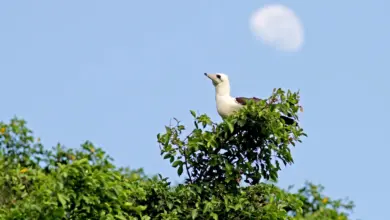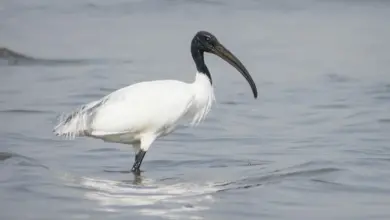The Kentish Plovers, Charadrius alexandrinus, is a small wader in the plover bird family. Despite its name, this species no longer breeds in Great Britain.

It breeds in most subtropical and tropical parts of the world, from southern Europe to Japan and in Peru, Chile, the southern USA, and the Caribbean. The two races that breed in the Americas are collectively called Snowy Plover.
The breeding birds in warmer countries are largely sedentary, but northern and inland populations are migratory, wintering south to the tropics.
This species breeds on sandy coasts and brackish inland lakes and is uncommon on fresh water. It nests in a ground scrape and lays three to five eggs.
The Kentish Plover is 15-17 cm long. It is smaller, paler, longer-legged, and thinner-billed than Ringed Plover or Semipalmated Plover. Its breast band is never complete, and usually just appears as dark lateral patches on the sides of the breast.
The Kentish Plover’s upperparts are greyish brown and the underparts white in all plumages. The breast markings are black in summer adults, otherwise brown. Breeding males of some races have a black forehead bar and a black mask through the eye. The legs are black. In flight, the flight feathers are blackish with a strong white wing bar. The flight call is a sharp bip.
This bird has six geographical races, of which the most distinctive are the two New World Snowy Plover forms. They are shorter-legged, paler, and greyer above than the Old World subspecies, and breeding males lack a rufous cap. The eye mask is also poorly developed or absent.
The Indian and Sri Lankan breeding form also lacks a rufous cap, and have only a weak eye mask.
Food is insects and other invertebrates, which are obtained by a run-and-pause technique, rather than the steady probing of some other wader groups.
The Kentish Plover is one of the species to which the Agreement on the Conservation of African-Eurasian Migratory Waterbirds (AEWA) applies.

In many parts of the world, it has become difficult for this species to breed on beaches because of disturbance from the activities of humans or their animals. The University of California, Santa Barbara, is currently endeavoring to rehabilitate snowy plover populations by protecting beaches along the central California coastline that runs along part of the university campus. [1] UCSB has had some success in encouraging reproduction; the university also often trains students and other volunteers to watch over protected beaches during the daytime to ensure no one disturbs nesting grounds.
Jyll Bradley’s play Girl, watching is about the discovery, by a teenage girl birdwatcher, of a pair of Kentish Plovers nesting in the UK[2].
Copyright: Wikipedia. This article is licensed under the GNU Free Documentation License. It uses material from Wikipedia.org … Additional information and photos added by Avianweb.
Please Note: The articles or images on this page are the sole property of the authors or photographers. Please contact them directly with respect to any copyright or licensing questions. Thank you.




